ECOVACS
DEEBOT T9 AIVI
Cleaning
Suction force: up to 3000 Pa
Suction modes: Quiet, Standard, Maximum, Maximum+
Volume: 67 dB
Container: 300 ml of dust, 180 ml of water
Navigate
Type: LiDAR tower + AIVI 2.0 camera
Room card: yes
Room layout: yes
Restricted zones: yes
Virtual Wall: yes
connectivity
App: ECOVACS HOME
Connection: WiFi 2.4 GHz
Alexa: Yes
Google Home: Yes
Battery
Capacity: 5200 mAh
Running time: approx. 150 min.
Charging time: 6,5 hours
Height Weight
Size: 35,3 x 35,3 x 9,36 cm
Weight: 3,8 kg
1x vacuum robot
2x side brush
1x wipe module
2x wipe
1x charging station
1x power cable
1x Camera Sticker
1x manual
Review: ECOVAC'S DEEBOT T9 AIVI
With its AeroForce rubber double brush, the AIVI 2.0 camera obstacle detection and its oscillating OZMO Pro 2.0 wiping function, the ECOVACS released at the end of October 2021 still counts the DEEBOT T9 AIVI as one of the most feature-rich models today.
Technological progress in robot vacuums is not quite as fast as it is in other electronic products. Although new functions are also added with new models, the great “robot vacuum revolution” has not yet materialized, so that even older models remain competitive.
ECOVAC'S DEEBOT T9 AIVI: Unboxing
After this brief introduction, let's start testing the ECOVACS DEEBOT T9 AIVI, which comes in the typical cardboard box. are included
- the vacuum robot,
- the charging station with 1,5 meter charging cable,
- the two side brushes,
- the wipe module,
- two matching wipes,
- a sticker to mask the camera and
- the multilingual instruction manual
Additional spare parts, such as filters or brushes, are not included in the scope of delivery. However, there are no procurement problems for spare parts. All wearing parts are available both as originals and as cost-effective identical or replica parts from relevant shops such as Amazon, Saturn or eBay available.
If you want to be on the safe side that you are really getting original spare parts, it is best to order directly from us Shop by ECOVACS. There, the parts are usually a few euros more expensive.
ECOVACS DEEBOT T9 AIVI: design and finish
The DEEBOT T35,3 AIVI is classically round with dimensions of 35,3 x 9,36 x 3,8 cm and a weight of 9 kg. As far as the housing color is concerned, the vacuum robot is only available in black. There is nothing wrong with the processing quality of the vacuum robot.
On the top is the laser tower. To the left of this is an on/off button, which can be used to manually start and pause the vacuuming process. If you hold down the power button for 3 seconds, the vacuum robot automatically returns to the charging station. The app is more convenient. More on that below.
The rear part of the top is hinged. When opened, the dust container appears, which can be easily removed using a handle that can be folded up. With a capacity of 300 ml, the dust chamber is one of the smallest of its kind.
Alternatively, there is also an automatic suction station (CH9-T1918 AIVI) with a 9 L disposable dust bag for the DEEBOT T2,5 AIVI, which is not exactly cheap with an RRP of 299 euros.
In addition to the dust container, there is also a multifunctional cleaning tool, an operating switch and the WLAN reset button with LED under the flap.
Name giver and at the same time one of the special features of the DEEBOT T9 AIVI is the front-facing AIVI 2.0 camera integrated in the bumper. As a result, the vacuum robot is able to safely drive around even the smallest objects, such as shoes, socks, cables and toys lying around. On the back there is a removable placeholder for the wiping module.
Once turned around, the AeroForce rubber double brush immediately catches the eye. Instead of just one brush, the DEEBOT T9 AIVI works with two rubber brushes that work in opposite directions and thus ensure (theoretically) better dirt pick-up.
There are also two rotating side brushes, several crash sensors and the typical front wheel with the charging contacts placed to the left and right.
ECOVACS DEEBOT T9 AIVI: Setup
The DEEBOT T9 AIVI is set up, operated and managed via the ECOVACS HOME app, which is available for Android and iOS devices in the respective stores. In order to be able to link the vacuum robot with the app at all, an ECOVACS user account is required, for which you register for the first time or which you have already created through another ECOVACS product. Only an e-mail address is required for registration.
Then you can start setting up the DEEBOT T9 AIVI. To add it to the app, either select the right vacuum robot model from the list or scan the QR code hidden behind the lid of the vacuum robot.
The setup assistant is then started, which explains all the setup steps precisely and clearly. The only thing to note is the lack of support for 5 GHz WLAN networks. But that is typical and the setup assistant even points this out. Networks with the same name were recognized in the test without any problems and the vacuum robot was integrated into the app in less than a minute.
ECOVACS DEEBOT T9 AIVI: App & Features
The ECOVACS HOME app offers hardly any room for criticism due to its structured structure, its variety of functions and the harmonious design.
After starting the app, an overview appears from which you can select your individual ECOVACS devices. The online status and battery status are displayed on the overview page and you can switch to the cleaning view or the video manager at the push of a button.
In the cleaning view, the cleaning map is displayed with the most recent cleaning history. The card becomes visible after the first cleaning cycle. A total of up to 3 room cards or floors can be saved. If cleaning is in progress, you can see where the vacuum robot is, which route has already been covered and how much battery the vacuum robot has left.
Below the map is a drop-down menu with access to cleaning mode, map editing, and various cleaning settings. The following cleaning modes are available:
- Area cleaning: In this mode you can choose which rooms the vacuum robot should clean.
- Auto mode: Automatic mode in which all rooms are scanned.
- Custom: In this mode, cleaning areas can be drawn on the map.
Within the map editing, rooms can be separated, merged and renamed. You also have the option of setting virtual walls and no-go and no-mop zones.
The following cleaning settings can be set via the app:
- Suction power: adjustable in the levels "quiet", "standard", "maximum" and "maximum+"
- Water flow rate: Adjustable in the levels "Low", "Medium", "High" and "Very High"
- Cleaning sequence: Determines the order in which cleaning takes place.
- Cleaning frequency: Specifies whether a follow-up run should take place after the first cleaning run
- Cleaning schedule: schedule by days of the week and time
- Mopping mode: Quick scrub (S shuttle) or deep scrub (Back and forth shuttle with double cleaning)
In addition to the general cleaning settings, there are also general settings for the vacuum robot.
- Cleaning log: Number, duration and area of all cleanings performed
- Advanced Mode: Enables notifications, map editing, video manager, and custom cleaning
- Silent mode: Turns off the microphone and backlight.
- Intelligent cleaning: AIVI obstacle detection, automatic post-cleaning, suction power boost on carpets, resuming cleaning, self-draining (if suction station is present), area unit (m² / ft²)
- Video manager: video password
- Accessories & Parts: Wear overview of brushes and filters
A nice gimmick without much added value is the 3D room map, on which pieces of furniture are drawn. In addition, other pieces of furniture can be inserted and aligned in edit mode, as in the game "Sims".
In addition to the cleaning view, the app also offers the so-called "video manager". The function gives the user access to the vacuum robot's HD camera, which transmits a live image to the app and saves photos. ECOVACS has taken the function one step further and turned the vacuum robot into a mobile surveillance camera.
The vacuum robot can be controlled by the user through the apartment via a virtual control pad. This is useful if you just want to check from afar that everything is right. The video quality isn't the best, but it's enough to see, for example, whether all the windows are closed, you've turned off the stove or whether Rex is currently dismantling the apartment. However, there is no night vision function. If it is dark in the apartment, the picture also remains mostly dark.
- Did I shut all the windows?
As an alternative to the directional pad, the vacuum robot can also follow previously defined surveillance routes or be sent to individual rooms at the push of a button. The live image can be saved as a photo on the data memory of the connected smartphone. The video surveillance is rounded off by a two-way voice communication, so that you can even communicate with people who are present.
The video manager is protected by a four-digit PIN. If the moving surveillance camera is too much of a good thing, you can cover the camera with the supplied sticker. As a result, the DEEBOT T9 AIVI also loses the ability to recognize and visualize objects.
By the way, the DEEBOT T9 AIVI is fully compatible with the voice assistants from Google (Google Home) and Amazon (Alexa).
ECOVACS DEEBOT T9 AIVI: practical test
So much for the app. Let's see how the ECOVACS DEEBOT T9 AIVI performs in practice.
Saugen
The 3000 Pa suction power is well below the top models of other brands, some of which reach more than 5000 Pa, but the DEEBOT T9 AIVI still does an excellent job when vacuuming.
Typical household dirt is effectively sucked up on hard floors. When it comes to cleaning performance on carpets, the wheat is usually separated from the chaff. Here vacuum robots with high suction power have a clear advantage, because with high suction power even stubborn dirt can be easily pulled out of the carpet fibers.
The DEEBOT T9 AIVI may not have enormous suction power, but it cleans carpets at least as effectively. The big advantage of the ECOVACS vacuum robot is the AeroForce rubber double brush, which reliably removes (animal) hair in particular.
You can actually hear and see how the vacuum robot takes care of carpets. First, shortly after driving onto the carpet, the suction power is automatically increased. The vacuum robot then moves slowly across the carpet. The edge of the carpet should not be higher than 2 cm so that the vacuum robot can drive over the carpet.
Another advantage of the double brush is the low maintenance intensity. Hair tends to get caught in the classic brush roller, so that the brush has to be freed at the end of the vacuuming process. This is much less common with the rubber double brush. Only the ends of the brush have to be freed from hair every now and then. But then you can easily pull them off.
The DEEBOT T9 AIVI also delivers a good cleaning result in corners and on skirting boards. The fine textile arms of both side brushes are a good length and reach dirt better than many vacuum robot competitors.
One point of criticism is the comparatively high operating volume. In the case of the DEEBOT T9 AIVI, this is not promoted by the suction motor, but by the double roller, which produces a loud noise of its own in some situations.
Wipe
When wiping, the OZMO Pro 2.0 wiping function developed by ECOVACS is used. Instead of simply dragging the wipe, it is pushed down with force and vibrated across the floor. The wiping function is comparable to current Roborock models, which is called VibraRise there. However, this also has an advantage, because the wiping cloth is simply lifted on carpets and the cleaning continues. The DEEBOT T9 AIVI misses this function. Instead, carpets are skilfully ignored when mopping.
The wiping module consists of one piece and is inserted in place of the placeholder on the back of the vacuum robot. Electrical contacts on the mopping module let the vacuum robot know that the module is currently plugged in.
The water tank has a capacity of 180 ml. This is ideal for wiping an 80 m² area with a high water flow rate. The washable wiping cloths are attached to the wiping module with Velcro. The wiping result was convincing in the test. The floor is evenly moistened and the vibrating movements visibly pick up dirt via the wiping cloth.
Manual wiping with a mop has not yet been completely replaced here either, but if you let the vacuum robot wipe through several times a week, you will save yourself one or the other annoying wiping capade.
Navigation & AI
The combination of laser navigation and camera-based obstacle detection (AIVI 2.0) ensures accurate spatial navigation of the DEEBOT T9 AIVI.
The vacuum robot approaches obstacles with particular caution, usually up to a very short distance, without touching them. With AIVI 2.0, the vacuum robot is able to recognize flat objects and even type them.
Most of the shoes, socks, clothes or toys lying around are recognized and avoided safely. However, the obstacle detection is not perfect. Obstacle detection is still difficult with particularly flat, white and reflective objects. Poor light or darkness also reduces the recognition rate. However, since it is an AI-based detection system, ECOVACS has the opportunity to improve obstacle detection with future firmware updates.
ECOVAC'S DEEBOT T9 AIVI: Battery
A 5200 mAh Li-ion battery powers the DEEBOT T9 AIVI. The battery life specified by ECOVACS at 150 minutes was understandable in the test.
The vacuum robot needed 56 minutes for an area of 65 m². The suction power was set to "Standard". After the cleaning cycle, approx. 62% battery capacity was still available. On "Maximum" the remaining battery capacity is reduced to 55%.
As soon as the battery capacity drops to 10%, the vacuum robot automatically returns to the charging station and charges itself. A full charge takes approximately 5 hours.
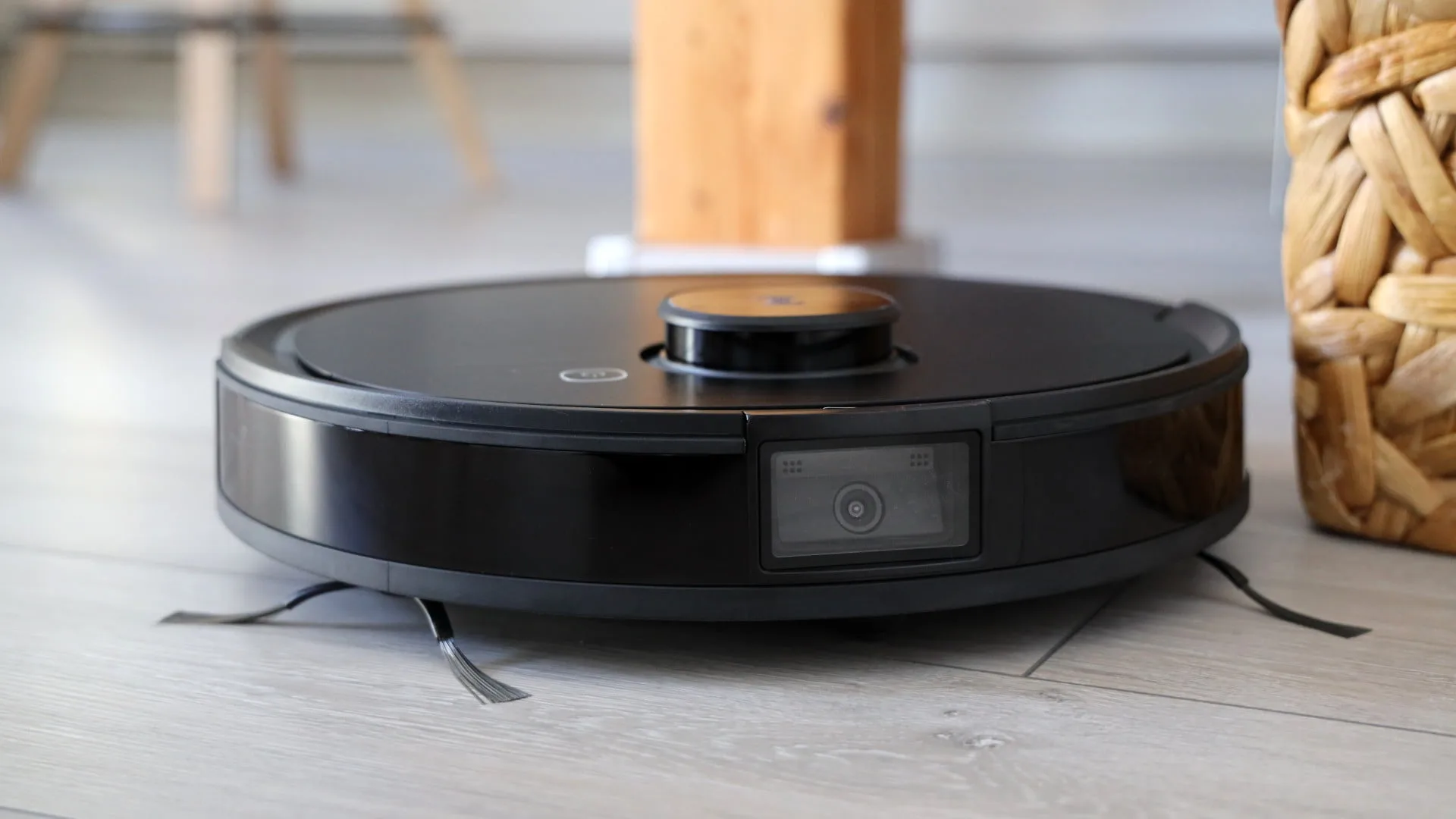
DEEBOT T9 AIVI
Very good build quality
Easy to set up and use
User-friendly ECOVACS Home App
Good obstacle detection
Good room navigation
Monitoring function
Good cleaning result (vacuuming and wiping)
Good battery life
No simultaneous vacuuming and wiping
Camera without night vision
AIVI does not (yet) recognize all obstacles
Small dust chamber
Loud operation
Nine months after its market launch, the DEEBOT T9 AIVI from ECOVACS can count itself among the best vacuum robots currently available. This is supported by excellent cleaning results, both when vacuuming and when wiping, sovereign navigation skills, with almost perfect camera-based obstacle detection and successful operation via app.
Reasons for criticism are the somewhat small dust container, which usually has to be emptied after 1-2 vacuuming processes, and the high volume caused by the AeroForce rubber double brush.

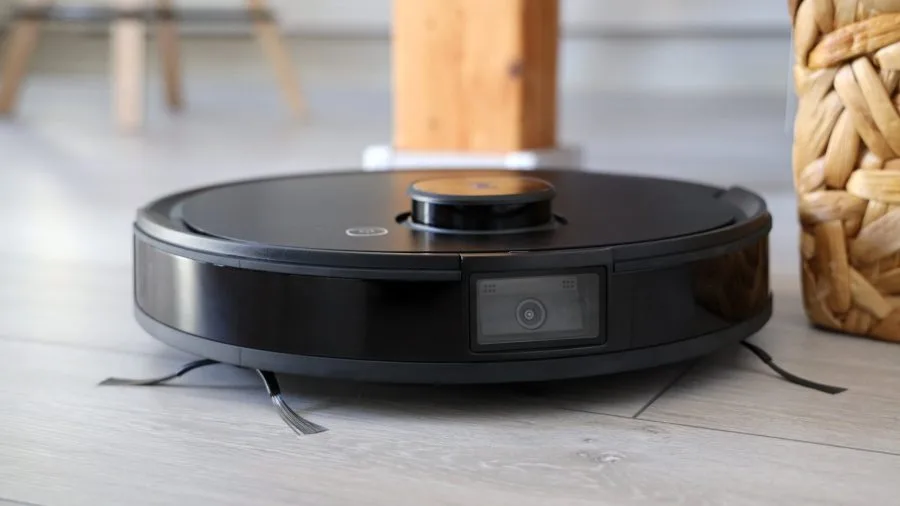
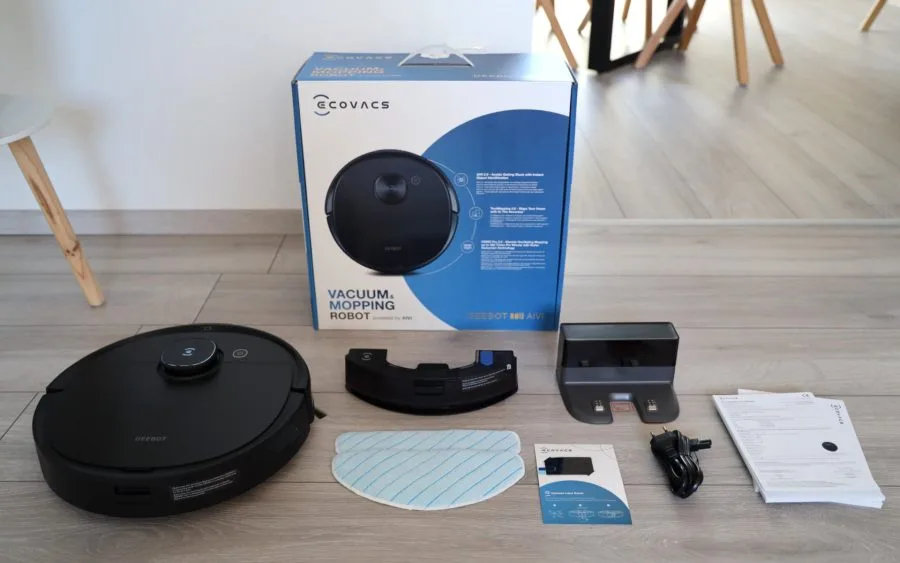
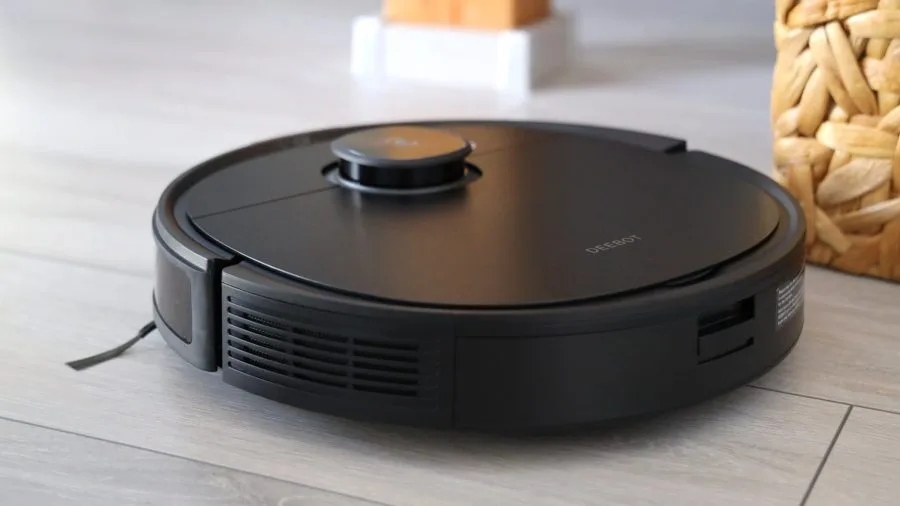
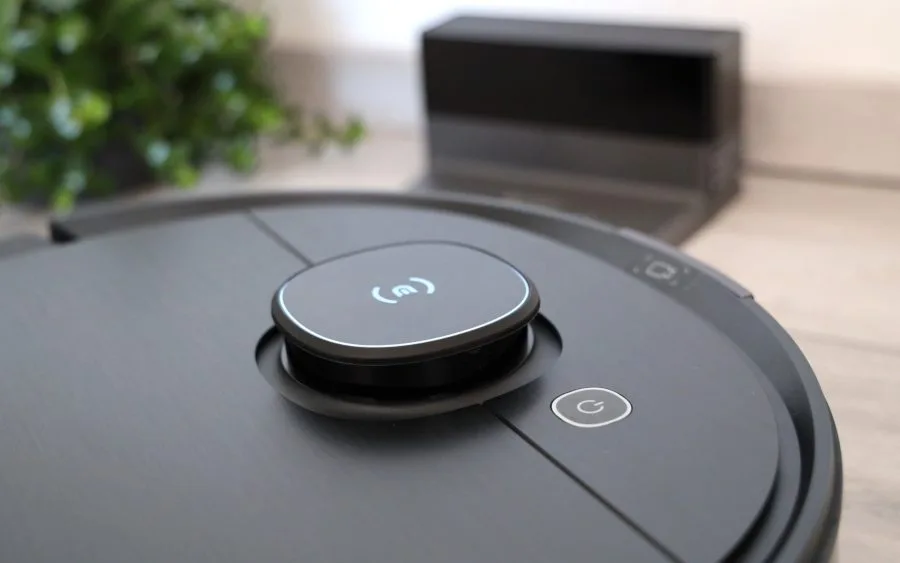
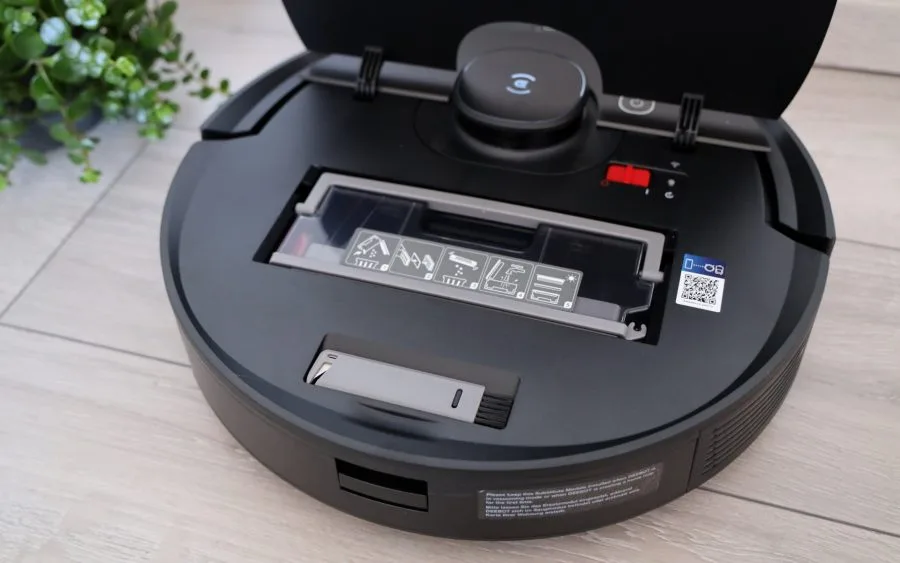
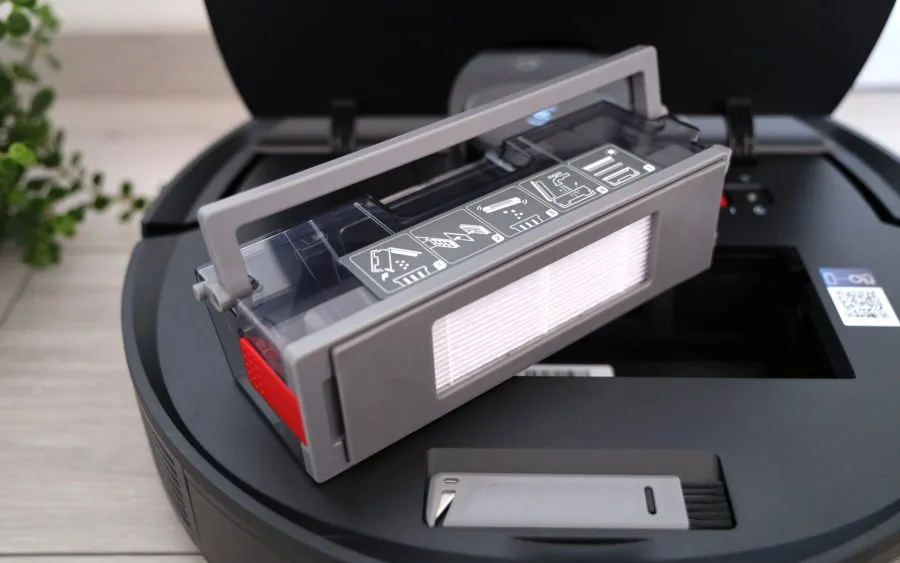
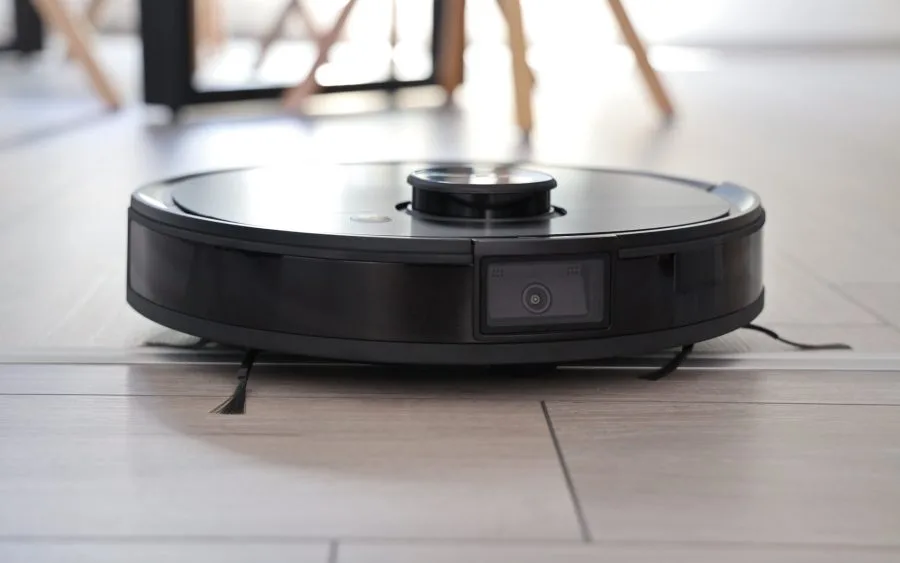
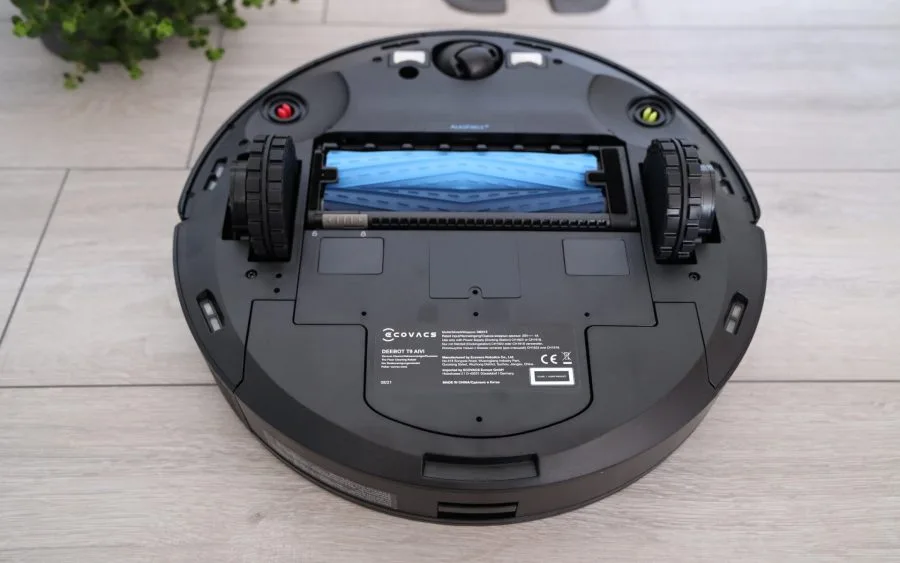
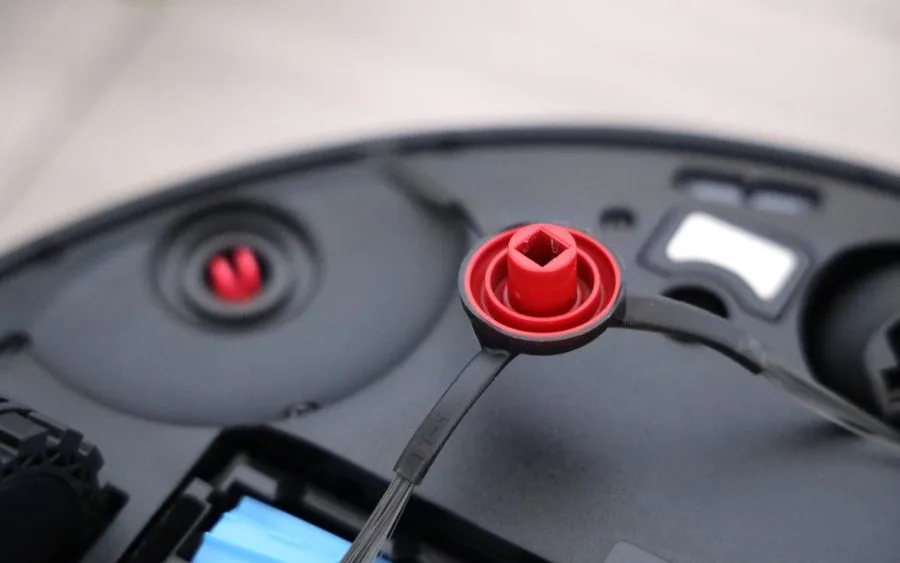
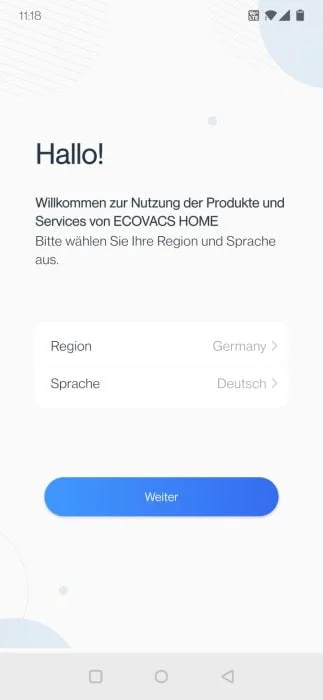
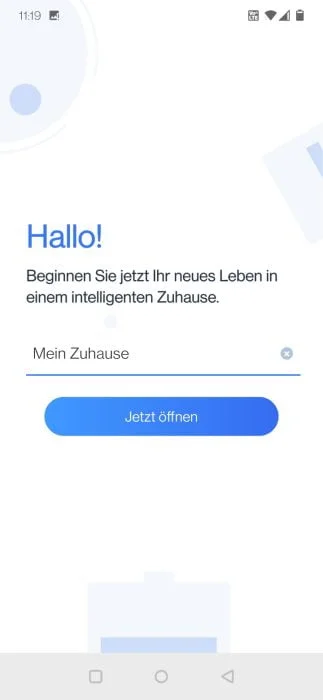
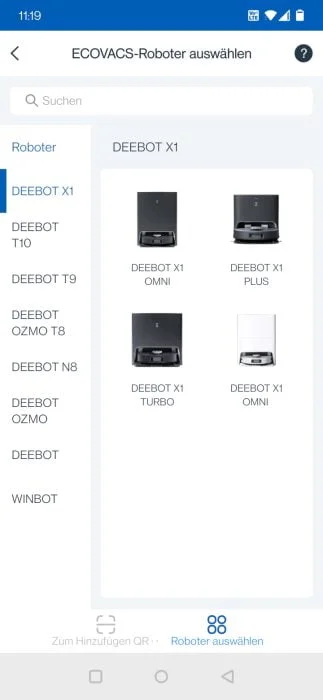
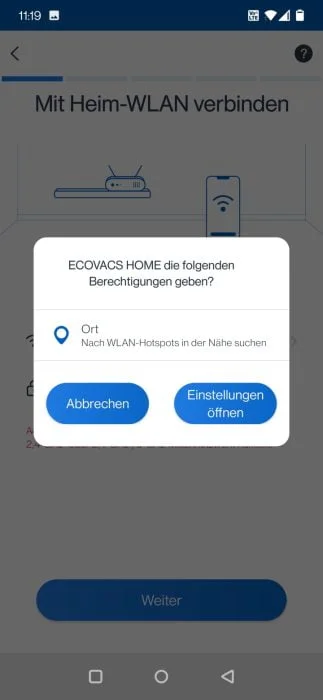
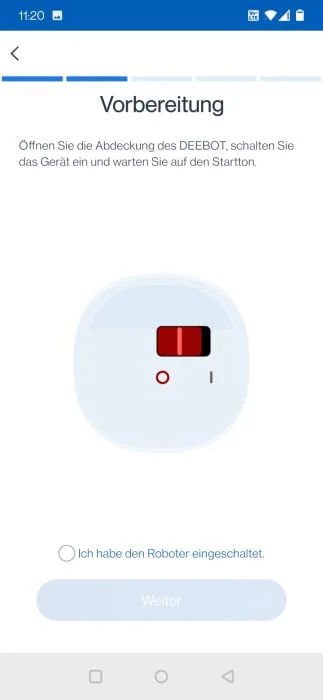
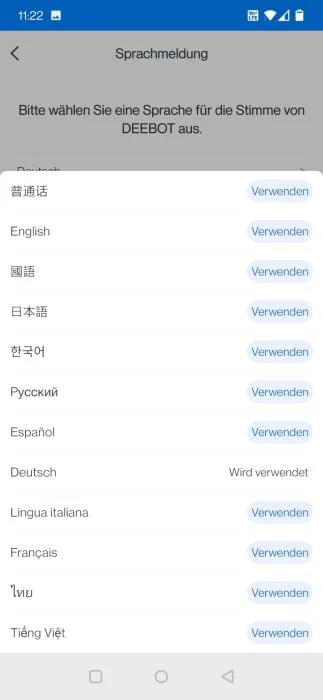
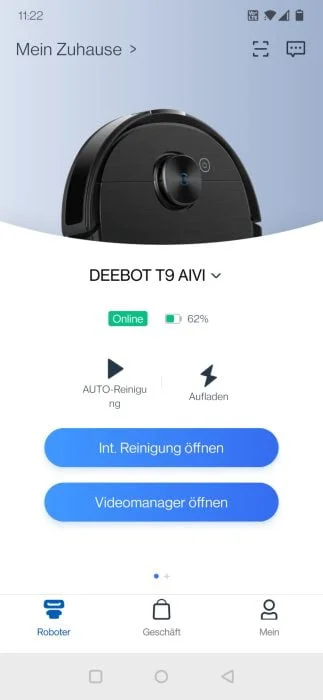
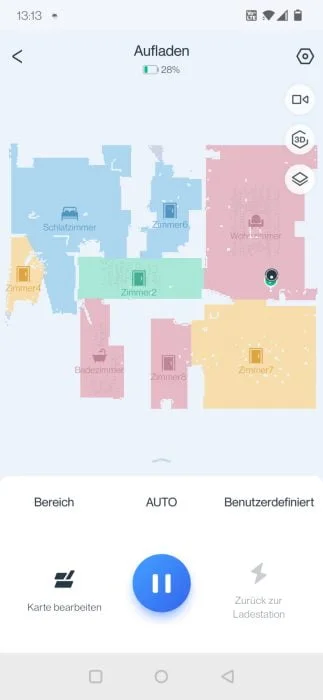
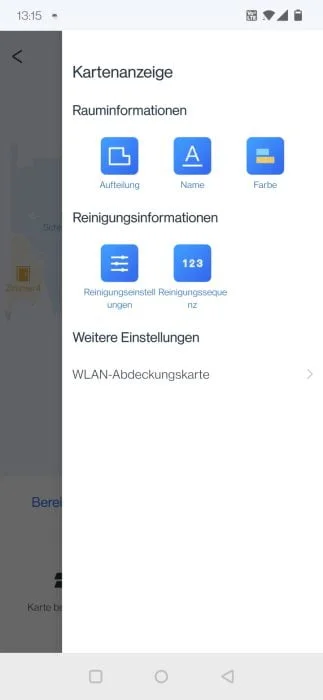
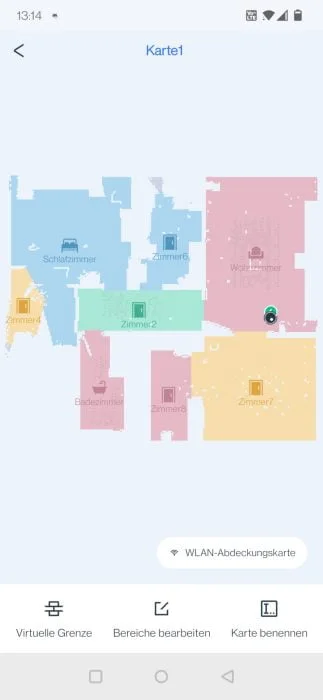
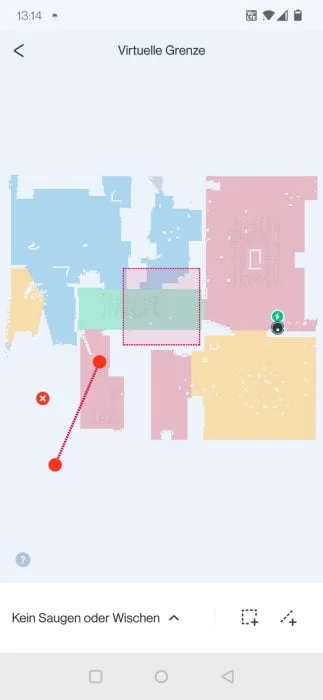
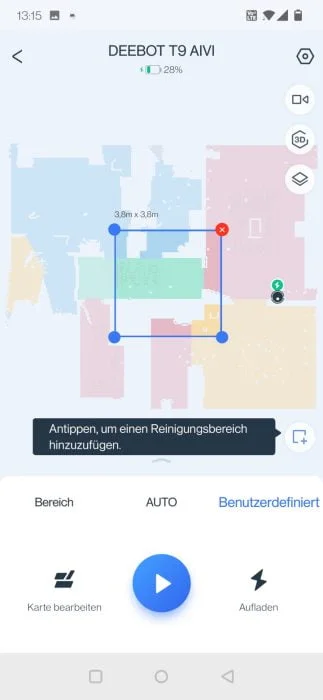
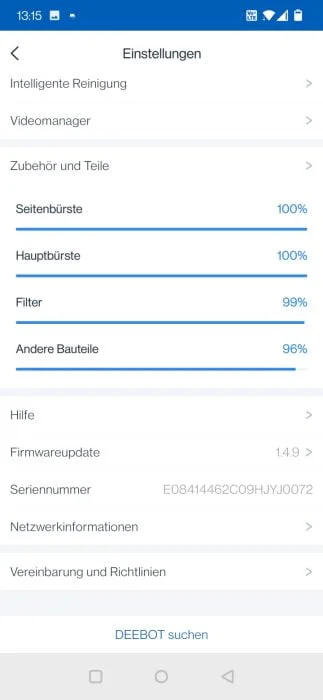
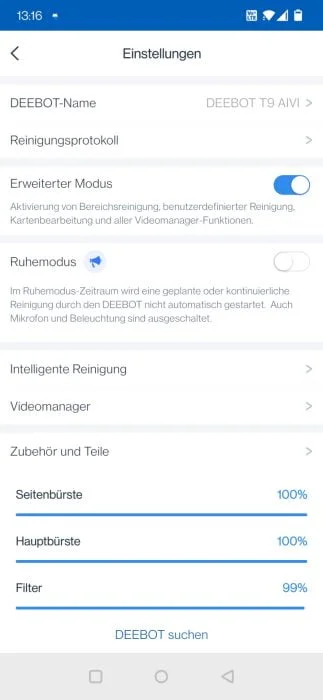
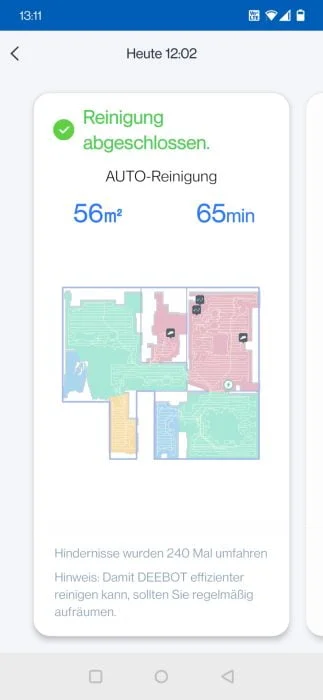
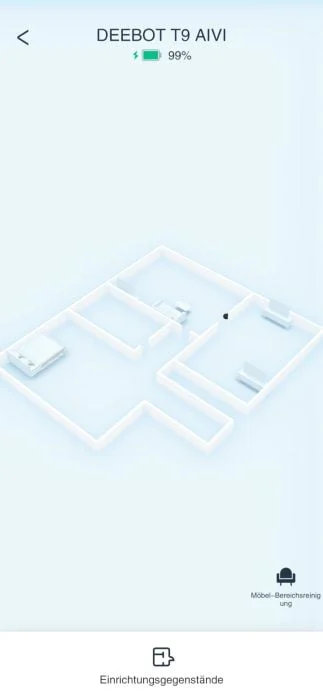
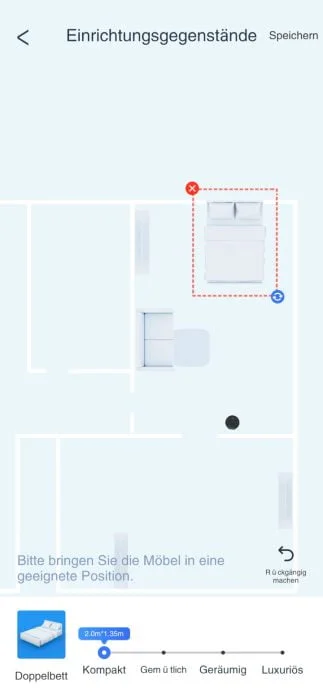
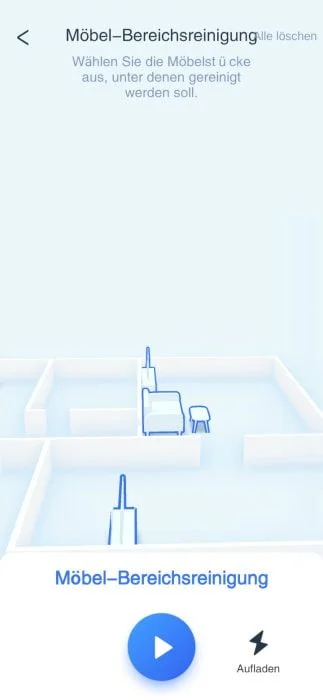
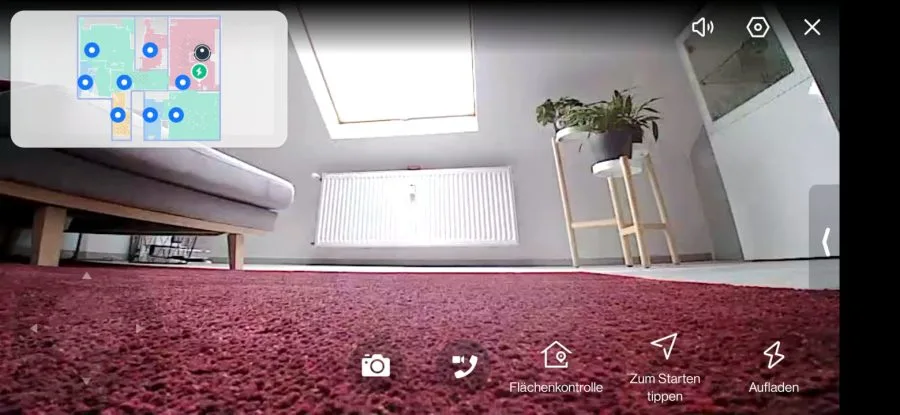
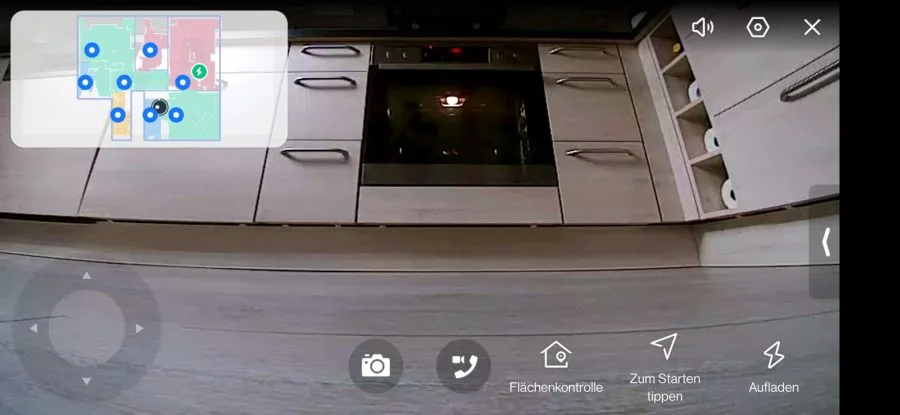
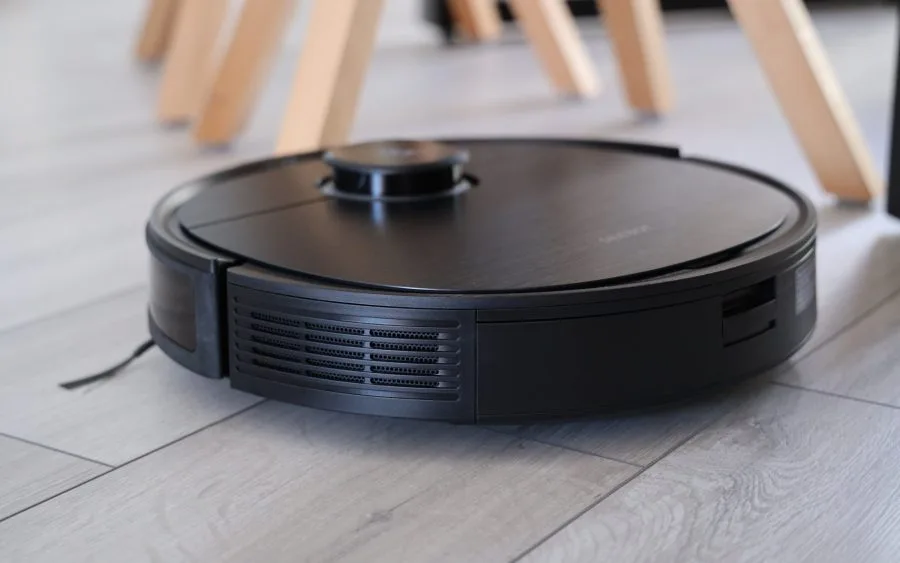
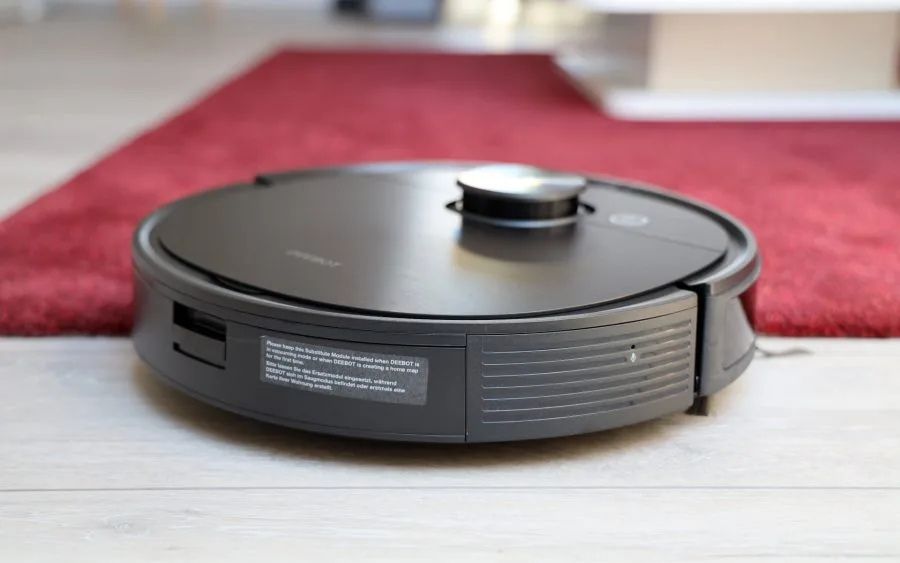
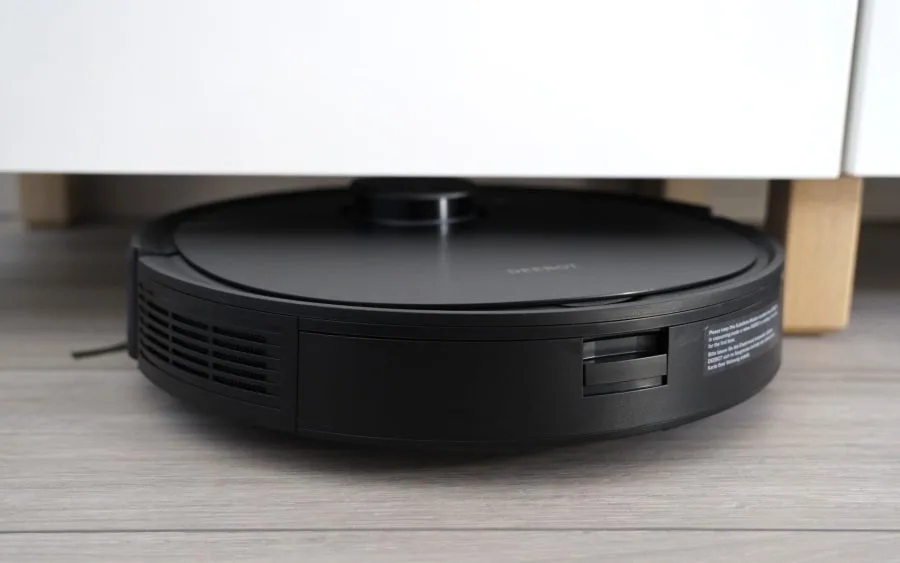
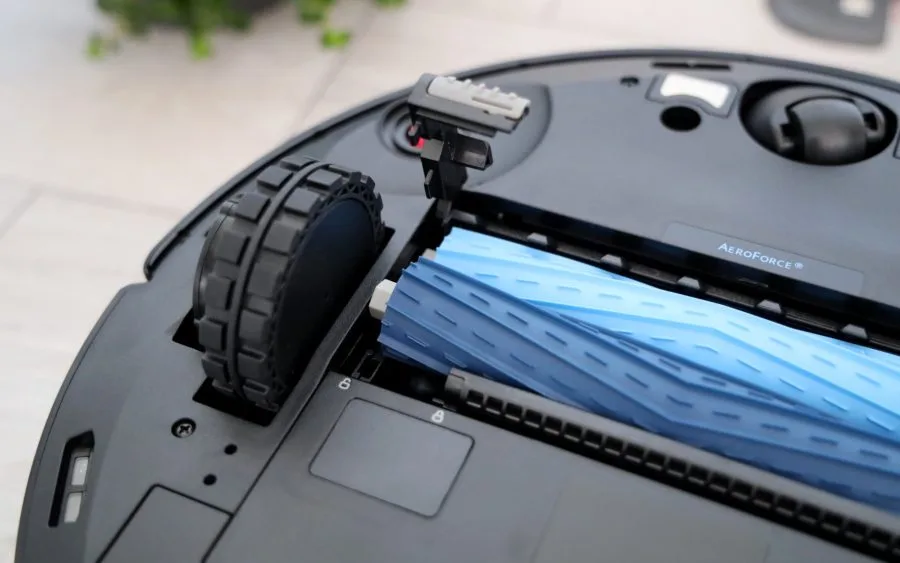
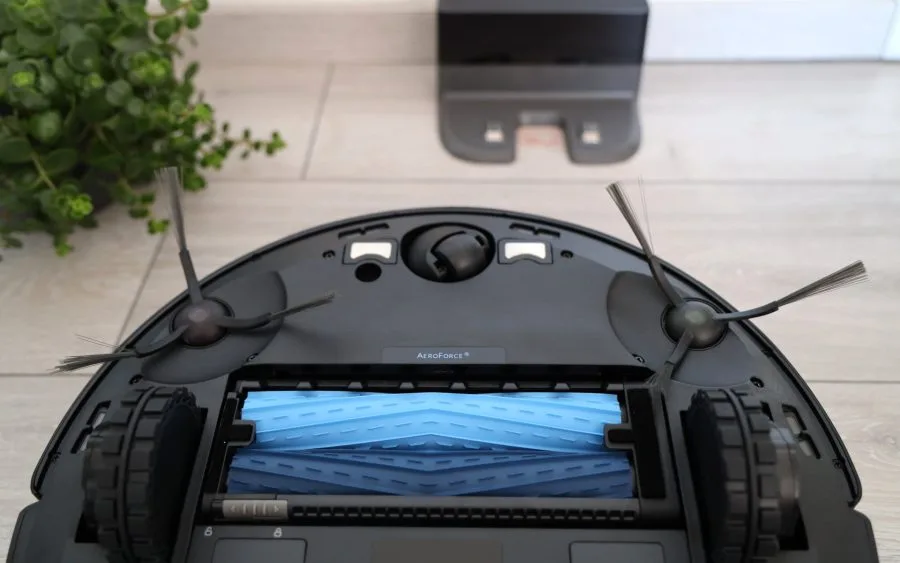
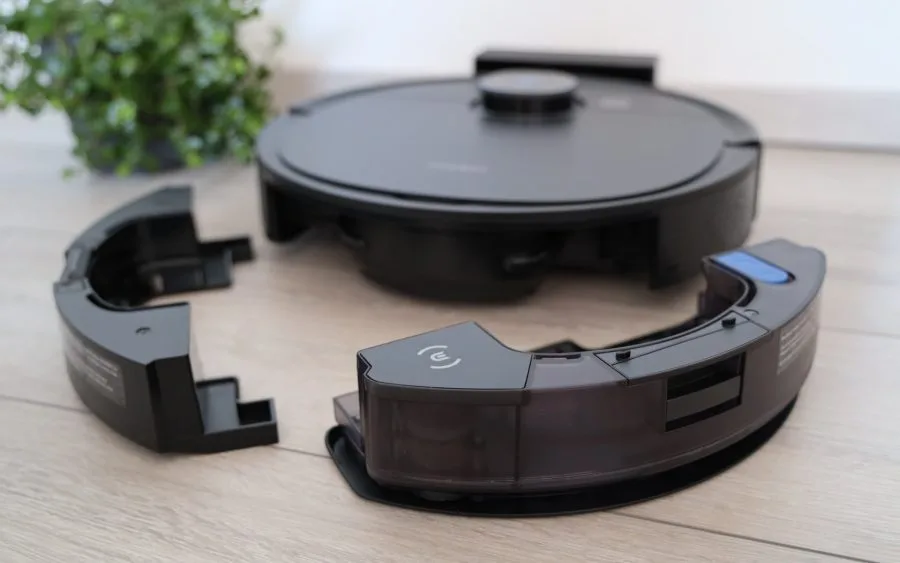
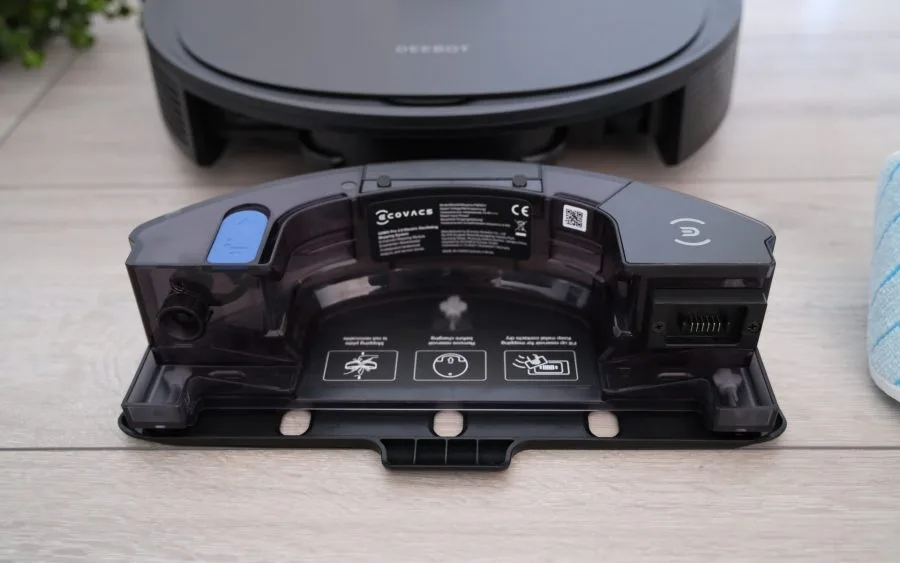
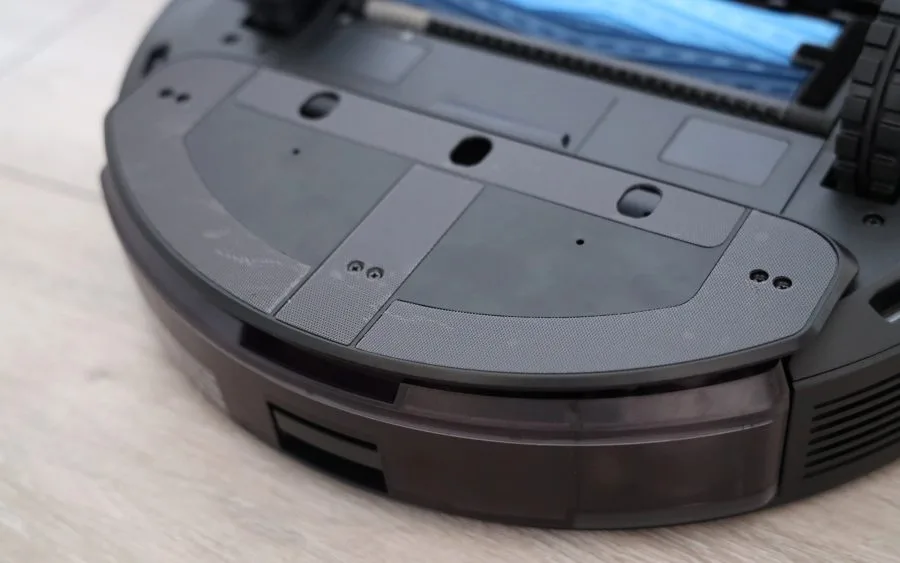
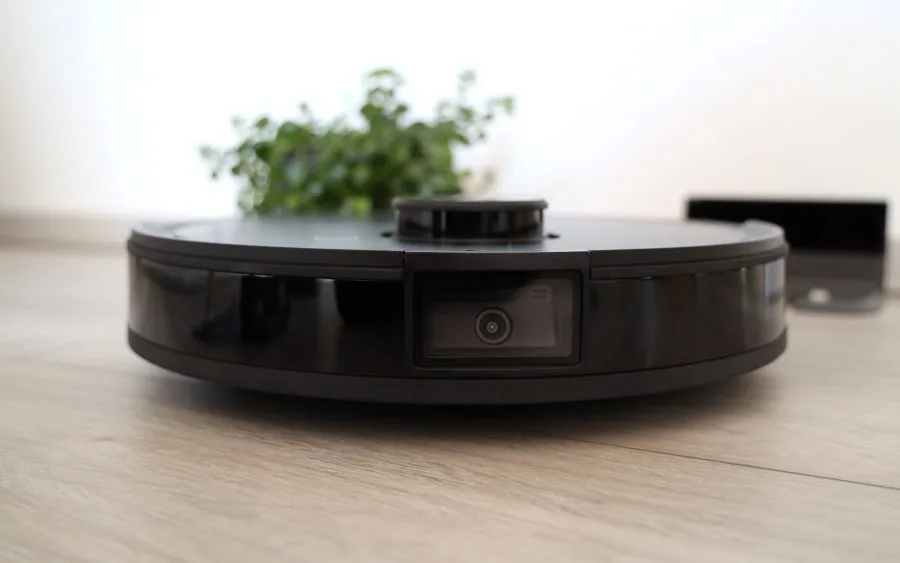
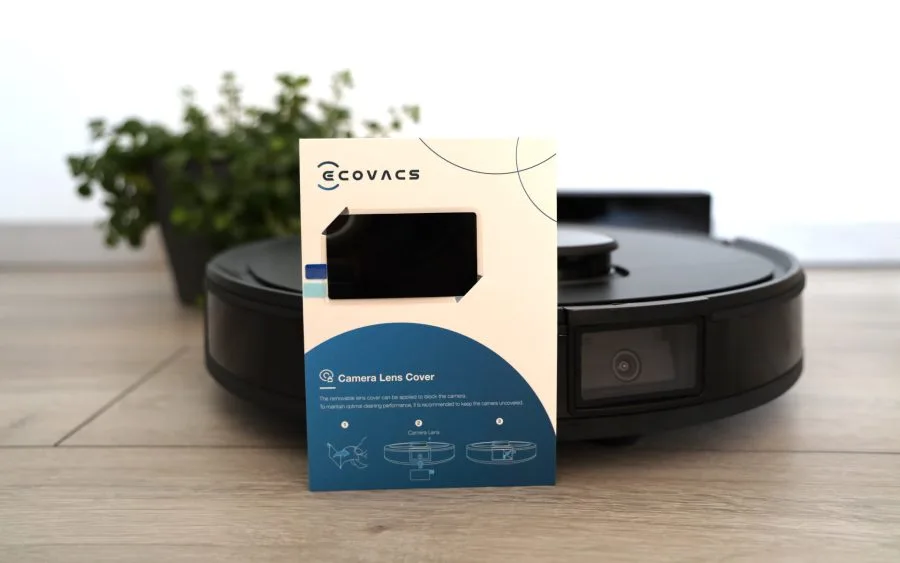
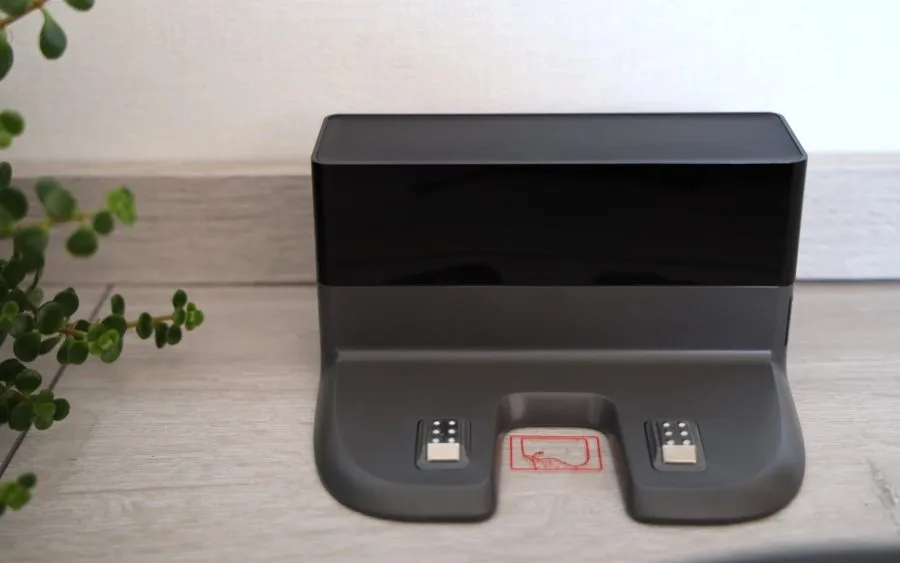


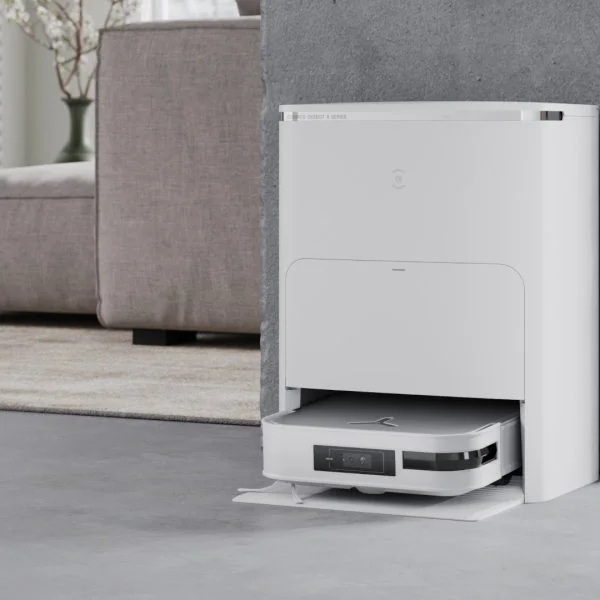

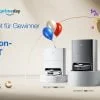
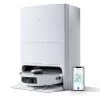
Sabine
10. July 2022 23 to: 50
Hello, will the price be even lower on Prime Day?
David Le
13. July 2022 19 to: 06
Thank you for your review of exactly what I have been using Ecovacs T9 AIVI in the last 6 months. T10 AIVI Ecovacs backed to 1 main roller. It may become from loud operation
Tamara
26. August 2022 10 to: 46
Hi Timo, first of all thanks for your detailed test report. I bought the T9 AIVI about two weeks ago. My side brushes frayed pretty quickly. We had a Roborock before and it had rubber bristles like that. Is this also available for the Deebot?
Timo admin
26. August 2022 17 to: 42
Hi Tamara,
Thank you for your praise. I know the problem with the side brush only too well. Unfortunately, I can't tell you whether ECOVACS has this type of side brush. You probably won't be able to get them officially. At most from a third-party provider.
Herib
24. October 2022 16 to: 10
Hello, I still have a T8 with a suction station and wanted to switch to the T9 AIVI, does the station also fit the newer model?